Mountain Laurel Transplant Tips – How To Transplant Mountain Laurel Bushes
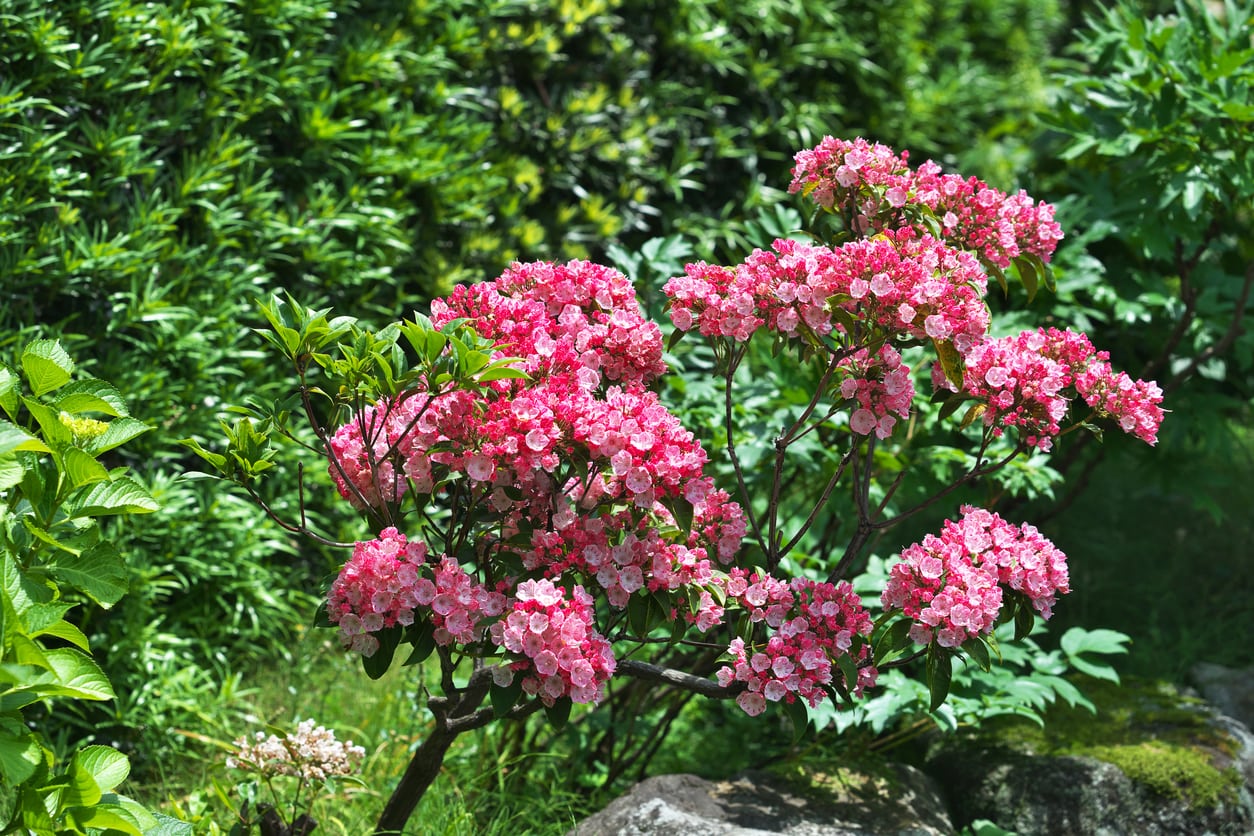
Mountain laurel (Kalmia latifolia) is a lovely medium sized evergreen bush that grows to around 8 feet (2.4 m.) in height. It is naturally an understory shrub and prefers partial shade, so if you have one in full sun, it’s time to think about transplanting your mountain laurel. If you follow some transplant guidelines, moving mountain laurel is a fairly easy task. So how do you transplant a mountain laurel? Read on for tips on how to move a mountain laurel in the landscape.
Moving Mountain Laurels
Mountain laurel, also known as calico bush or ivy-bush, makes a beautiful addition to the understory of a woodland garden or other partially shaded location. If you happen to have one in a sunny area, it likely will not survive and it’s time to move the mountain laurel. Mountain laurels are hardy to USDA zones 5-9. Like other evergreens, mountain laurels should be transplanted in the fall, from late August through late October (or late February to May in Southern Hemisphere). They grow up to 8 feet (2.4 m.) across and as wide, so if you have an existing mature plant you wish to move, you have some work ahead of you; work that might involve a crane to lift the plant out of its current location and then into a new home. Mountain laurels are a bit picky about where they grow. They need well-draining, moist, acidic soil chock full of organic matter. To add acid into the soil prior to transplanting a mountain laurel, amend the soil with plenty of peat moss.
How to Transplant Mountain Laurel
Mountain laurels have a bit of a reputation for being difficult to establish. This difficulty increases if you are moving a mature specimen; young plants tend to adapt more easily. Prior to transplanting a mountain laurel, dig a hole and amend it as above. Be sure to incorporate plenty of organic matter to increase mountain laurel transplant success. Move the mountain laurel, trying to keep as much of the original planting soil intact on the root ball as possible. Lower the plant into the amended hole and back fill with amended soil. Water the plant in well and continue to keep it consistently wet for the first year following the transplant. Then mulch around the root zone of the laurel with a ring of hardwood mulch or acidic pine needles. Be sure to keep the mulch away from the trunk of the laurel. If deer are prominent in your area, protect the mountain laurel with a spray deterrent or fence it off during the fall and winter months when lack of food sources invite deer to nibble on your laurel.
Gardening tips, videos, info and more delivered right to your inbox!
Sign up for the Gardening Know How newsletter today and receive a free copy of our e-book "How to Grow Delicious Tomatoes".

Amy Grant has been gardening for 30 years and writing for 15. A professional chef and caterer, Amy's area of expertise is culinary gardening.
-
 Never Plant Seedlings Until They Pass These 3 Simple Tests
Never Plant Seedlings Until They Pass These 3 Simple TestsDon't be over-eager to transplant seedlings into the garden before they are ready. These quick and easy checks will help ensure flourishing plants.
By Mary Ellen Ellis
-
 Grow ‘Karl Rosenfield’ Peony Plants For The Ultimate Frilly Border Beauties And Cut Flowers
Grow ‘Karl Rosenfield’ Peony Plants For The Ultimate Frilly Border Beauties And Cut FlowersFor frilly double magenta peony petals infused with a heady fragrance, grow ‘Karl Rosenfield’ peony plants. Here’s how to cultivate the ultimate plushy blooms
By Tonya Barnett
-
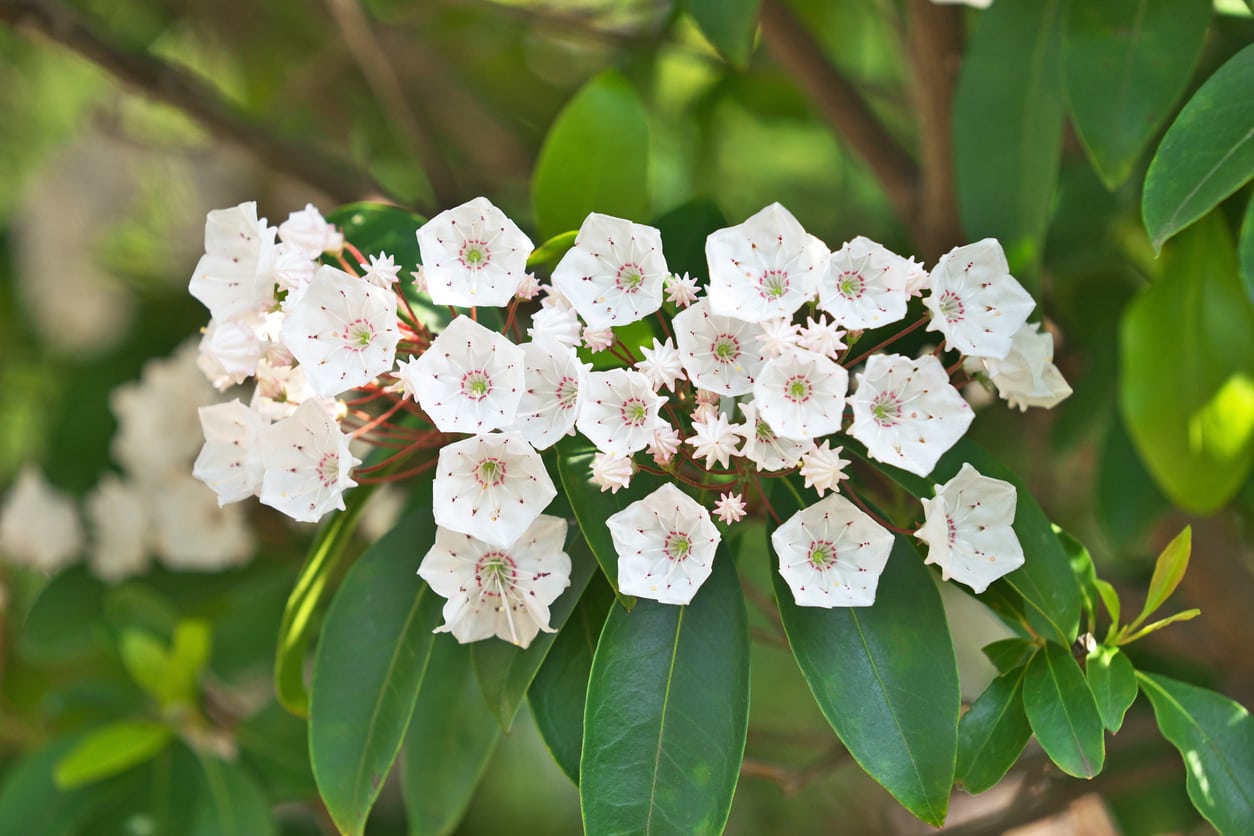 Potted Mountain Laurel Care – Learn About Container Grown Mountain Laurels
Potted Mountain Laurel Care – Learn About Container Grown Mountain LaurelsMountain laurel shrubs are usually used as landscape plants, and can often be seen blooming in dappled shade under trees and taller shrubs. But can you grow mountain laurel in a pot? Click here to learn more about caring for mountain laurel in containers.
By Liz Baessler
-
 Mountain Laurel Leaves Are Browning – Why Are Mountain Laurel Leaves Turning Brown
Mountain Laurel Leaves Are Browning – Why Are Mountain Laurel Leaves Turning BrownMountain laurel usually remains green year round, so brown leaves on mountain laurels can be a sign of trouble. Determining the reason for brown mountain laurel leaves can be challenging and involves careful detective work. The following information may help.
By Mary H. Dyer
-
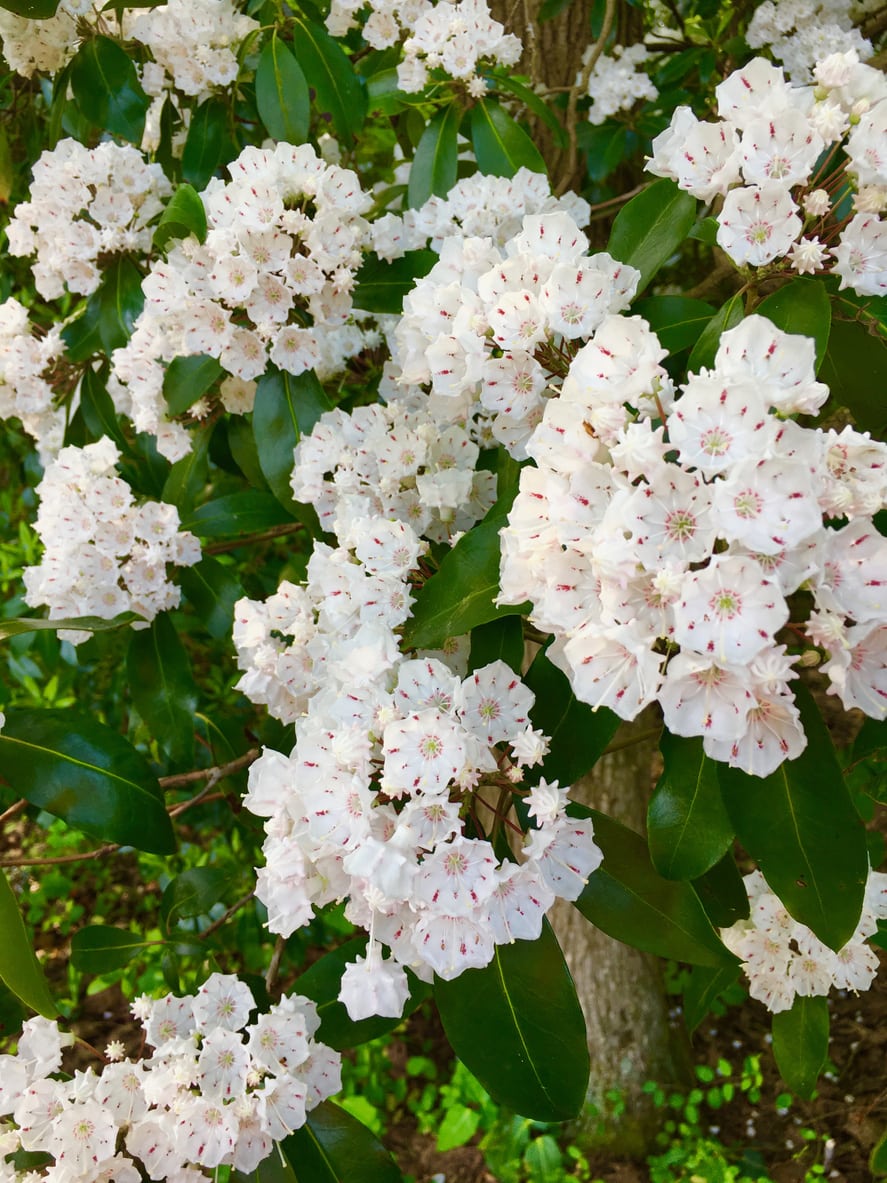 Mountain Laurel Trimming Tips: How To Prune Mountain Laurel Bushes
Mountain Laurel Trimming Tips: How To Prune Mountain Laurel BushesGrowing to a general height and width of five to eight feet (1.5 to 2 m.), cutting back mountain laurels may occasionally be necessary to fit the space they are in. To learn how to prune mountain laurel shrubs, click on this article for more information.
By Darcy Larum
-
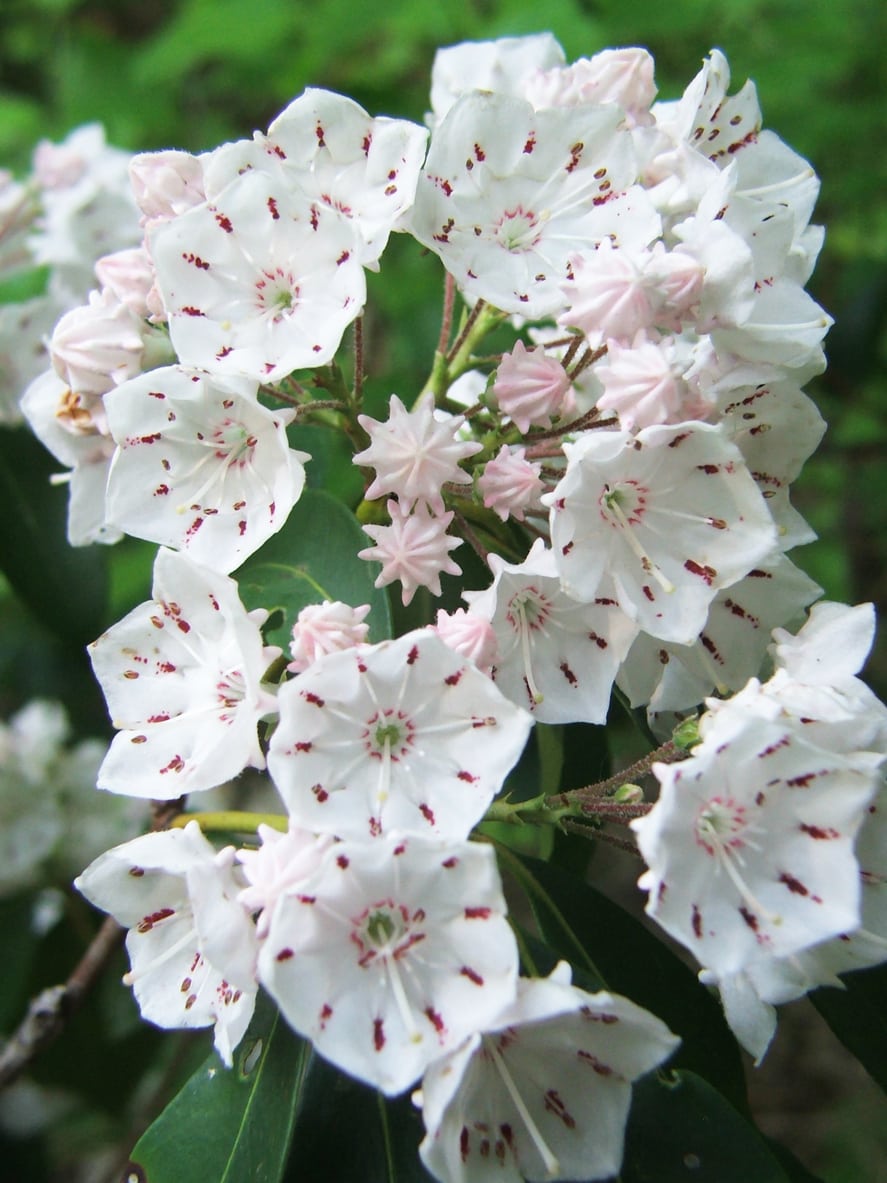 Cuttings From Mountain Laurel Shrubs: How To Root Mountain Laurel Cuttings
Cuttings From Mountain Laurel Shrubs: How To Root Mountain Laurel CuttingsMountain laurels grow happily reproduce from seeds, but these won’t reliably reproduce hybrid cultivars. The only way to be sure of clones is with cutting propagation. Growing cuttings from mountain laurel is possible, but not always easy. Learn more here.
By Teo Spengler
-
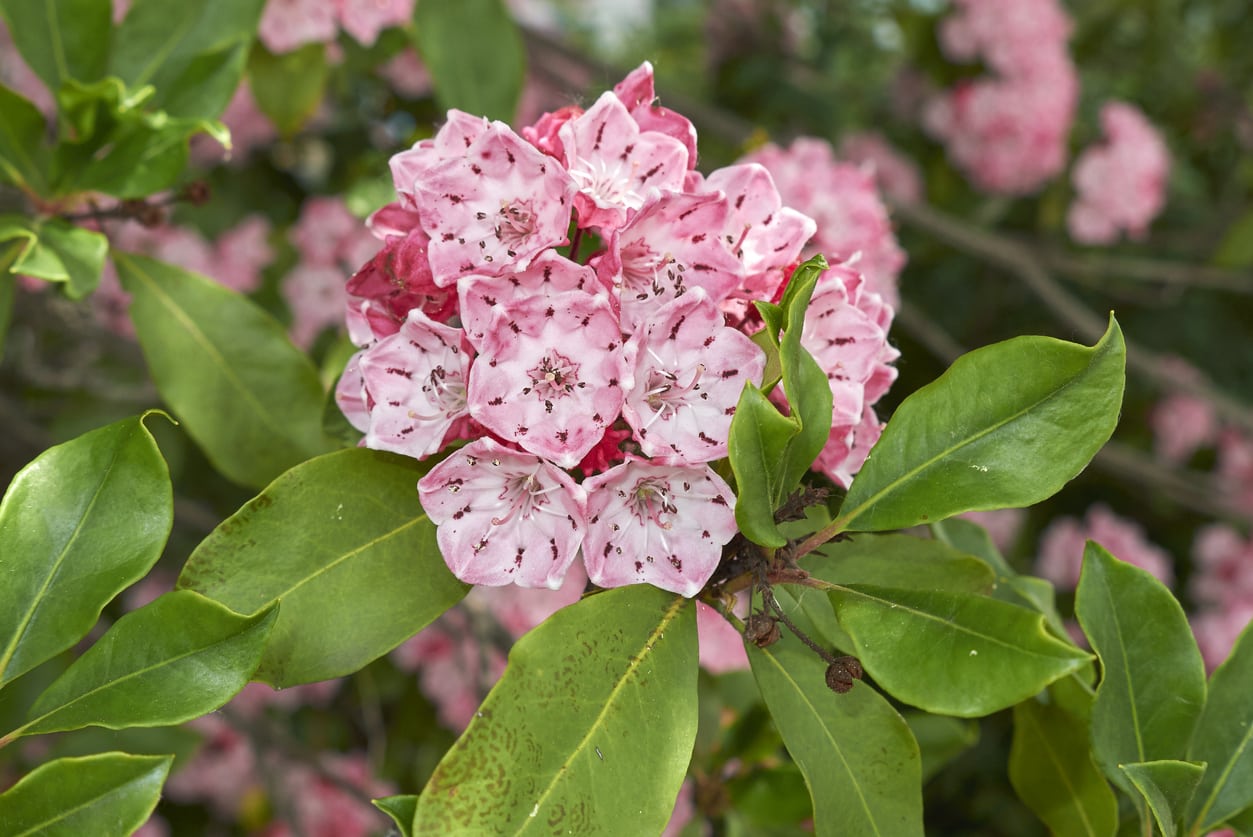 Mountain Laurel Losing Leaves – What Causes Leaf Drop On Mountain Laurels
Mountain Laurel Losing Leaves – What Causes Leaf Drop On Mountain LaurelsPlants lose leaves for a variety of reasons. In the case of mountain laurel leaf drop, fungal, environmental and cultural issues may be the cause. Figuring out which is the hard part but, once you do, most fixes are fairly easy. This article can help.
By Bonnie L. Grant
-
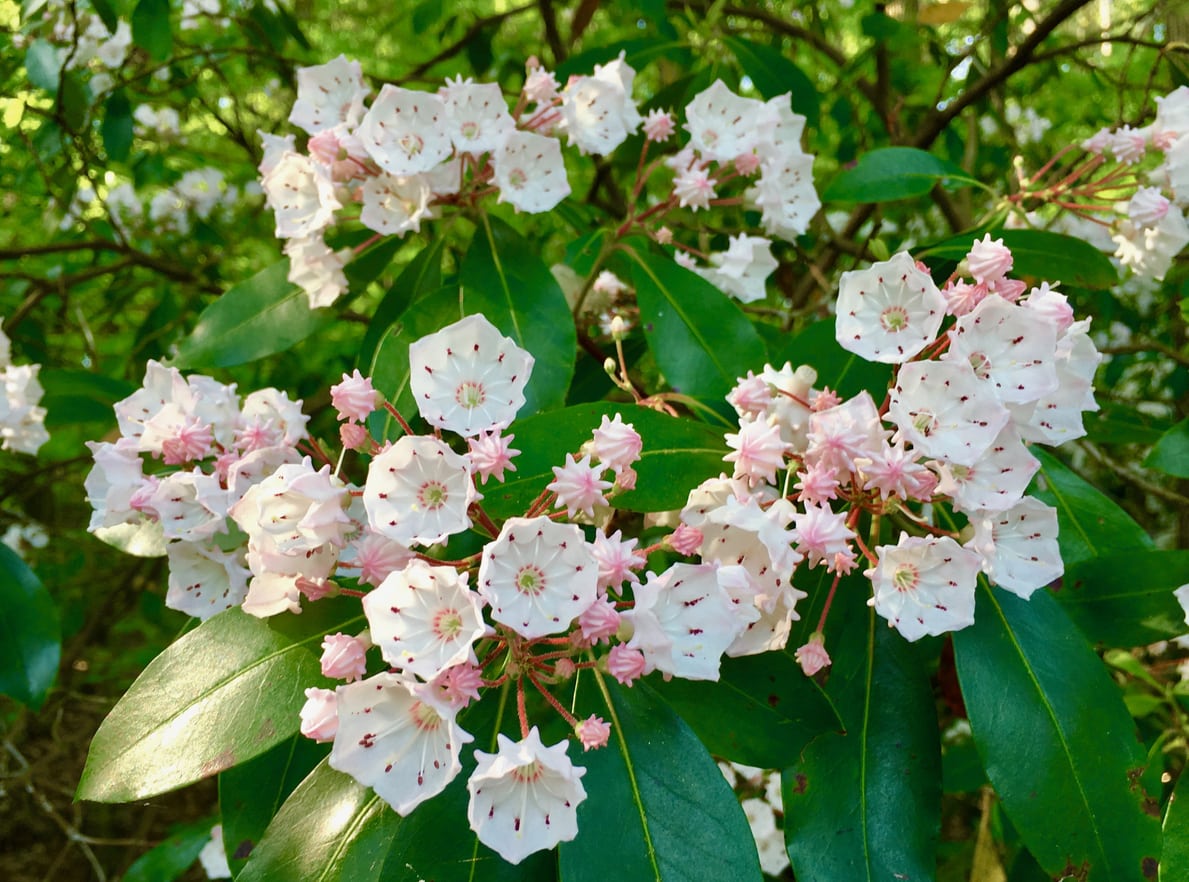 Mountain Laurel Irrigation: How To Water A Mountain Laurel Shrub
Mountain Laurel Irrigation: How To Water A Mountain Laurel ShrubA sometimes overlooked North American native, mountain laurel is a very hardy, shade tolerant shrub that produces beautiful, showy flowers where many other plants will not. Learn more about mountain laurel water needs in this article.
By Liz Baessler
-
 Growing New Mountain Laurels: Learn About Mountain Laurel Propagation
Growing New Mountain Laurels: Learn About Mountain Laurel PropagationPropagating from plants in your yard is cheaper and more rewarding. Growing new mountain laurels can be done by a couple of accepted methods: by seed and by cuttings. Find out how to propagate mountain laurel shrubs in this article.
By Mary Ellen Ellis
-
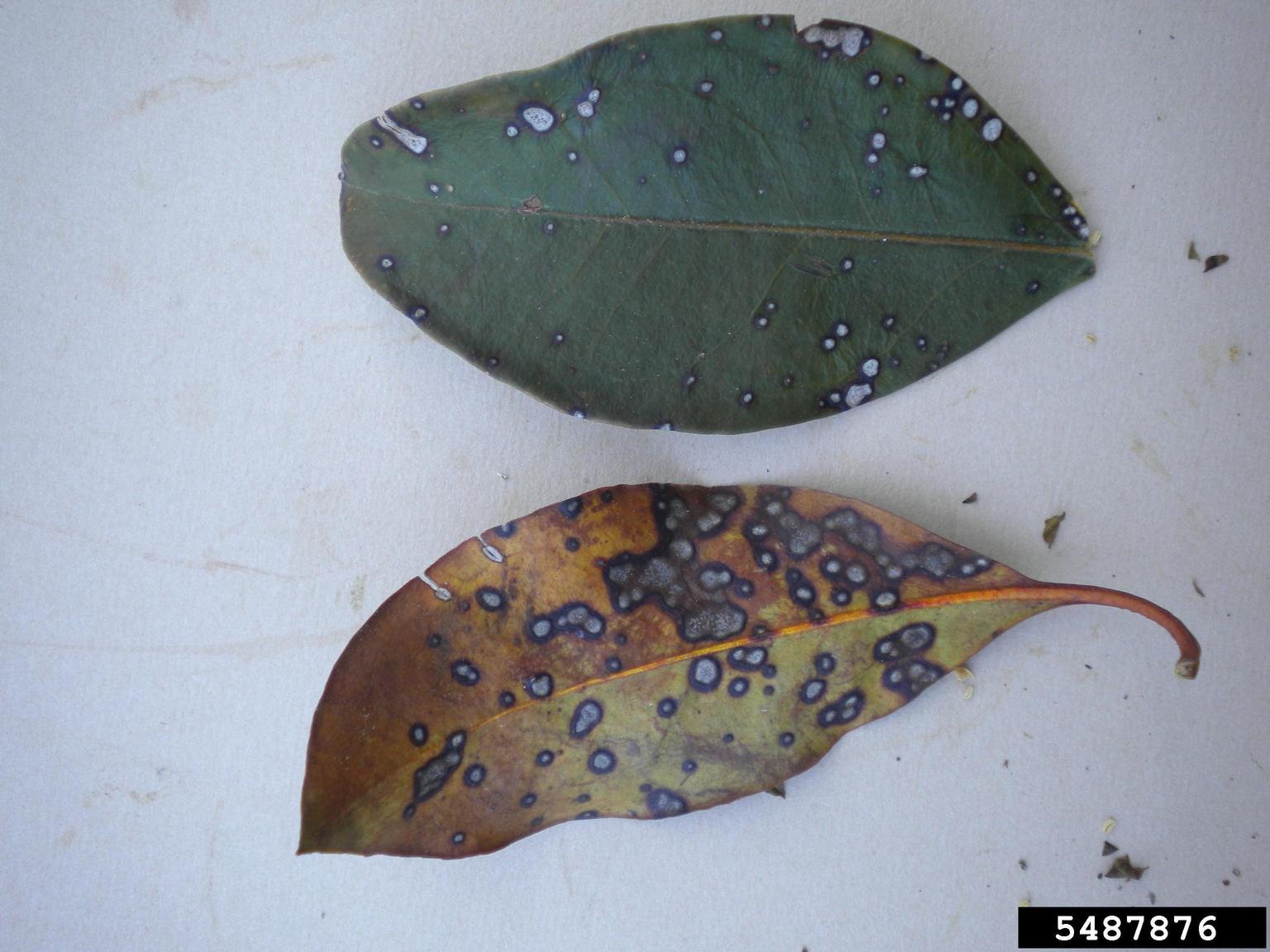 Diseases Of Mountain Laurel Bushes: What’s Wrong With My Mountain Laurel
Diseases Of Mountain Laurel Bushes: What’s Wrong With My Mountain LaurelIf your mountain laurel has leaf spots or chlorotic foliage, you may be wondering, “Is my mountain laurel sick.” Like all plants, mountain laurels have their share of diseases. It is important to learn the signs of these diseases in order to treat them. This article will help.
By Amy Grant